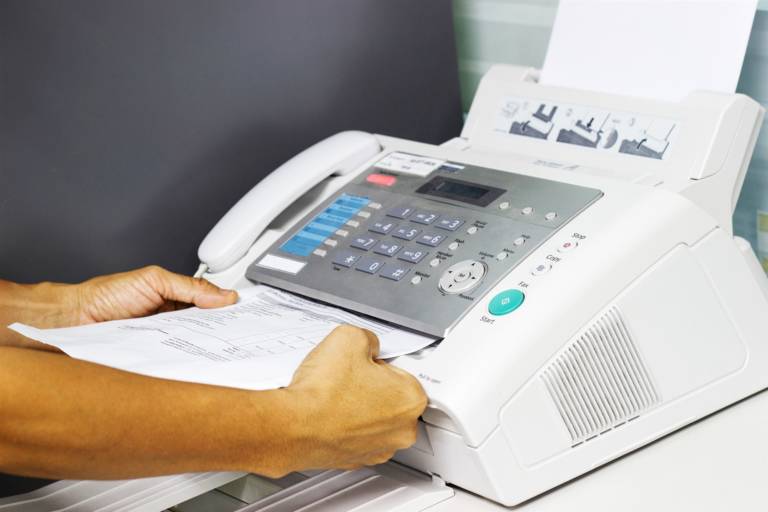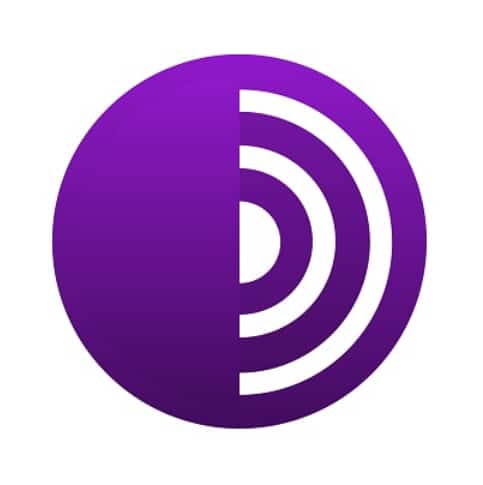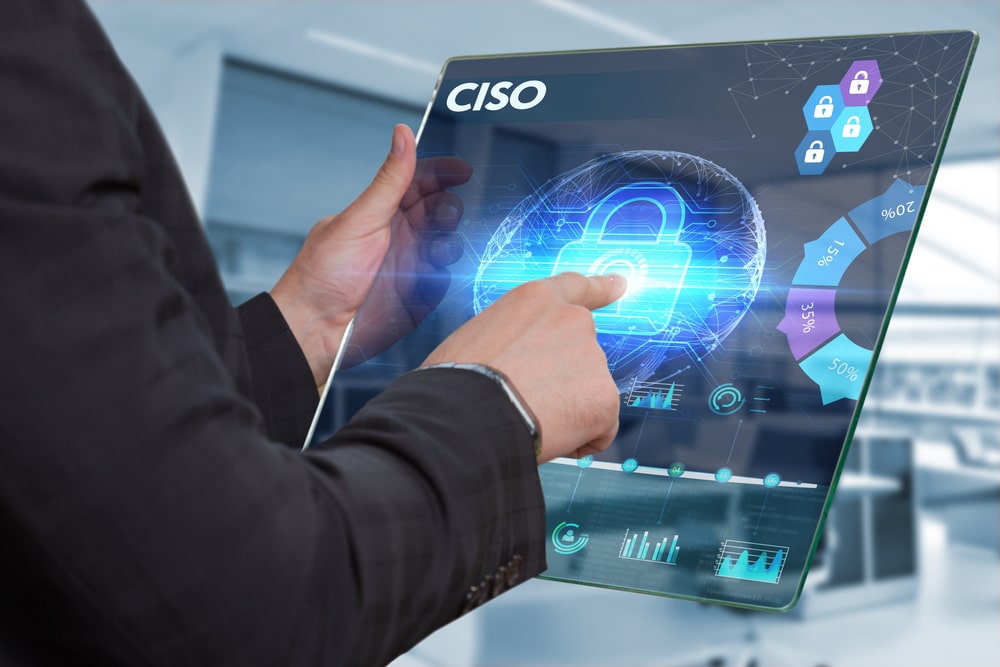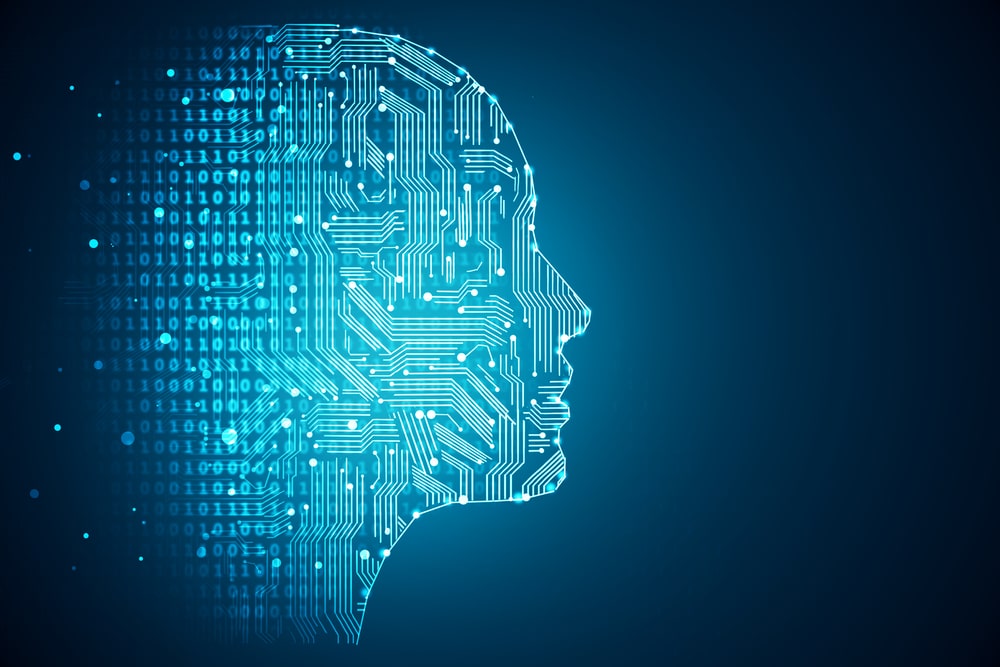
The hidden value of historic communications in email security
Very rarely in life is certainty guaranteed. Almost every decision we make is made imperfectly, without complete knowledge and based on a gut-checked risk assessment. When it comes to protecting your organization from phishing attacks, this still rings true. Yet, most email security providers still see through a black-and-white lens and act in terms of absolute certainty. As a result, they effectively protect against the known bad, but let unfamiliar threats slip right through.
Employees at every level of your company are making hundreds of email decisions every day -- open this, delete that, respond to this, leave that for tomorrow. With so much inbox noise, a potential phishing email can infiltrate easily -- and can impact an entire organization profoundly.

Cloud computing in Europe: Speculations on EU cloud tech in post-pandemic era
We see the European market today as the hottest area of the global cloud in a pivotal moment. While US cloud giants battle for world domination, China is building its "Great Cloud," Russia is testing its sovereign internet, and Europe is busy creating its own digital sovereignty.
The EU recently declared a massive digital transformation for its economy in the next decade where cloud and AI technologies will play an essential role. So what exactly can we expect from the European cloud industry in the short term?

5 ideas on how to start a contactless business in 2020
With COVID-19 in full swing, maintaining a safe distance is everything. This pandemic has brought the global economy and trade to a standstill. However, there are still opportunities available. Those looking to start a business in this climate will need to adapt. Perhaps the most important aspect right now is to start a business that can function without human contact.
As such, here are five contactless business ideas that you can use to launch your very own venture. They cover a wide variety of niches and would still be sustainable once normal business activity resumes.

Extreme weather will inflict chaos on infrastructure
In the coming years, extreme weather events will become more frequent and widespread, devastating areas of the world that typically don’t experience them and amplifying the destruction in areas that do. Exposing deficiencies in technical and physical infrastructure, these events will cause major disruption and damage to IT systems and assets. Data centers will be significantly impacted, with dependent organizations losing access to services and data, and Critical National Infrastructure (CNI) will be put at risk.
Widespread droughts will force governments to divert water traditionally used to cool data centers, resulting in unplanned outages. In coastal areas and river basins, catastrophic flooding, hurricanes, typhoons or monsoons will hit key infrastructure such as the electrical grid and telecommunication systems. Wildfires will lead to prolonged power outages, stretching continuity arrangements to breaking point. The impact of extreme weather events on local staff, who may be unwilling or unable to get to their workplace, will put operational capability in jeopardy. The magnitude of extreme weather events -- and their prevalence in areas that have not previously been prone to them -- will create havoc for organizations that have not prepared for their impact.

Three ways to automate business processes with no-code solutions
Business process automation has become a strategic enabler of business agility for present-day organizations, from helping to speed up business processes and reduce errors, to eliminating repetitive work. It has quickly become an essential tool that an increasing number of CIOs are utilizing across their organizations. Automation helps mid- to large-sized enterprises, dealing with various interrelated processes, to unify and streamline day-to-day work internally. The right automation tools can not only save time and money, increase productivity and enhance quality of work, but also streamline communication, improve management and retain customers.
The difference between no-code versus low-code solutions is that the latter requires technical "know-how" of the product and is extremely difficult for regular business employees to use. No-code solutions provide your average business employees the ability and independence to build solutions based on their own needs, without dependency on the IT staff. Below are three ways to automate business processes with no-code solutions:

The fax reborn: How COVID-19 gave new life to an unlikely technology
With stay at home orders and the sudden need to securely share sensitive documents from employee’s homes, there has been a significant demand for a surprising technology: the digital fax. Despite industry-wide efforts to digitally transform, the physical fax is still a very common and necessary piece of technology for many organizations.
In fact, 89 percent of small to medium-sized businesses still use faxes in one form or the other, and faxing still dominates communication in several fields. For example, faxing accounts for 79 percent of all communication in the medical industry. These same organizations have been scrambling to support the abrupt shift to remote work and have had numerous roadblocks in the process.

How Artificial Intelligence is escalating in cybersecurity
When progressive technologies start to deliver on their potential, we can expect a wholesale shift of vendors looking to get on the bandwagon. First the technology enthusiasts and early adopters will come to validate the promises of the newest technology and hone its potential into something viable for the mainstream. Once that is done, the early majority, late adopters and finally, even the skeptics jump in as well.
Finally the time is here for Artificial Intelligence and Machine Learning (AIML) in cyber. There is a widespread move out of the early adopter stage and into the early majority stage of adoption. We need to get onboard if we are going to thwart cybercriminals. The good news is that the industry is recognizing the power and the value of AIML and is finally making investments in this space.

AI and what it means for humanity
We hear a lot about what artificial intelligence means for business and research, how it can speed up and streamline tedious processes and so on.
But if machine intelligence is going to be our new normal how does that affect what it means to be human? Emeritus professor of mathematics at Oxford University, John C. Lennox has written a new book exploring these questions. In this exclusive extract he looks at how our brains compare to computers.

SoftMaker Office 2021 is a genuinely viable alternative to Microsoft Office
We may only be halfway through 2020, but SoftMaker Office 2021 is already here. After a period of beta testing, the office suite is ready for a full release on Windows, macOS and Linux.
Available either as a one-off purchase or on a subscription, SoftMaker Office 2021 is pitched squarely as an alternative to Microsoft Office. The office suite makes bold claims about competing with Microsoft's famous suite of tools, but the claims that more than stand up to scrutiny. This is an impressive selection of programs that has much to offer.

Tor Browser 9.5 arrives with the option to automatically switch to more secure Onion versions of sites
Increasing numbers of internet users are becoming aware of the privacy and security implications of being online, and it is for this reason that secure browsers such as Tor are growing in popularity. Now, with the release of Tor Browser 9.5, the browser features an option that can automatically switch to the secure .onion version of a site if one is available.
In short this means that sites are able to actively promote the fact that they have a secure .onion site available. Publishers now can advertise their onion service to Tor users by adding an HTTP header, so if someone visits the regular version of a website, a notification will appear informing them of the more secure option.

Achieving success during 'transparent moments'
There are certain moments throughout a businesses’ lifecycle where security leaders need to have a clear view into their cloud infrastructure. One example is during mergers and acquisitions processes, when it’s crucial teams not only understand their own organization’s security posture but also that of the company being acquired. Still, a recent Forescout survey of IT and business decision-makers found that 65 percent of respondents regretted an acquisition their company made because of an overlooked cybersecurity issue.
Marriott International’s 2016 acquisition of Starwood Hotels set the company up to become the world’s largest hotel chain. However, it later emerged that Starwood’s reservation system had allowed unauthorized access to cybercriminals since 2014, leading to a large-scale (and very expensive) data breach in 2018 -- a clear example of why transparency is key during M&A. If Marriott had known that Starwood’s IT infrastructure had been compromised, they could have sought ways to remediate or otherwise address the issue and revised the proposed transaction accordingly. Instead, they were penalized heavily by regulators and were hit with lawsuits from customers.

How CISOs can get their good days back
The recent reminder of the importance of basic hygiene has been glaring not only within the physical world, but also the cybersecurity one. Chief Information Security Officers (CISOs) understand this more than most, given the sudden surge in remote work and additional threats this has brought to their organizations. Because so many people have started working from home, corporate perimeters have expanded in a way that many security professionals were not prepared to manage but must now understand in order to effectively safeguard their organizations.
With pundits anticipating a lasting impact on the way we work brought on by the pandemic, CISOs must consider all of the necessary steps to manage cyber risk in what could be the "new normal." And, like nearly anyone following social distancing guidelines right now, a good CISO understands that good security is built on a foundation of good, basic hygiene.

How to ensure communication security when working from home
With millions working from home for the first time thanks to coronavirus, many businesses have had to act quickly in order to facilitate remote communication which may never have been an option before the virus struck. Though these businesses may have already made the switch to internet-hosted calls and communications at work, providing access to all employees from home will not have been common. One of the most common concerns of using internet communication software is its security capacity, so how secure is it? And how can business leaders ensure the highest levels of safety for a remote workforce?
From news stories of vulnerable video conferencing software to threats from less secure home networks, navigating the security issues of a remote workforce may be a trial by fire for businesses attempting to maintain levels of normality during this time. Therefore, it will be important to understand both the benefits and drawbacks of internet communications to know what to look out for and how to inform staff of the best practice.

Can AI bring back productivity that other technology has squandered?
How do you know you had a good day at work? If you did, how would your boss know?
These questions are especially important in the current environment where so many people are working from home without the insight that watercooler discussions, office pop-ins and other face-to-face contact would typically provide. Our reliance on technology to get work done has been growing for decades, but work-from-home orders due to the coronavirus pandemic have accelerated that reliance even more.

6 tips to maximize security while working from home
Cyberattacks are on the rise as cybercriminals look to exploit the current COVID-19 pandemic which has left an unprecedented amount of people working from home which is highly unlike any normal working from home situation. As many begin to adjust to life away from the office, it is critical that people remain vigilant and have the knowledge of basic cybersecurity practices which can be easily implemented while working remotely.
Here are some of our top tips for how you can remain digitally secure while working from home and reduce your risk of becoming a victim of a cybercrime.

